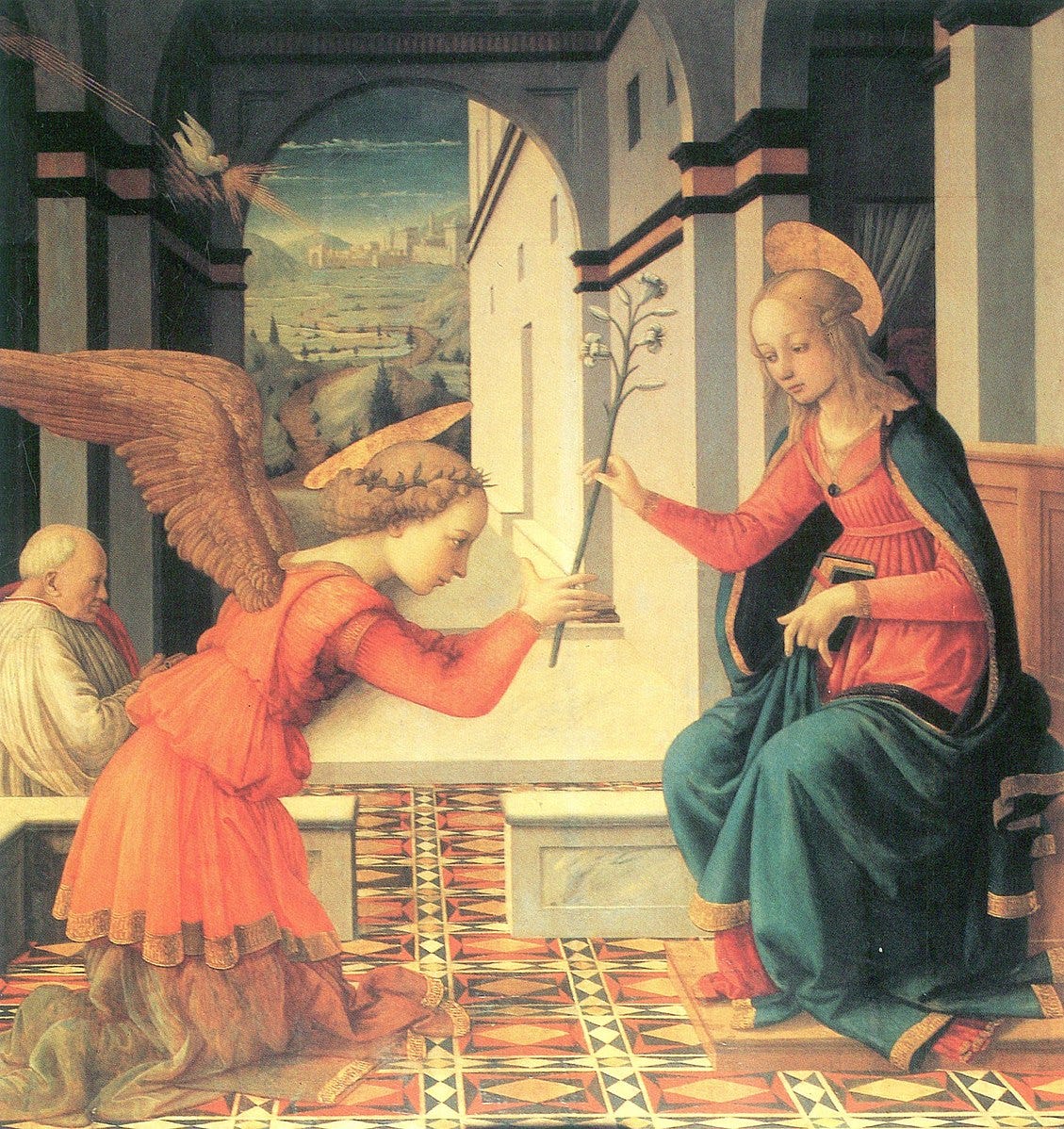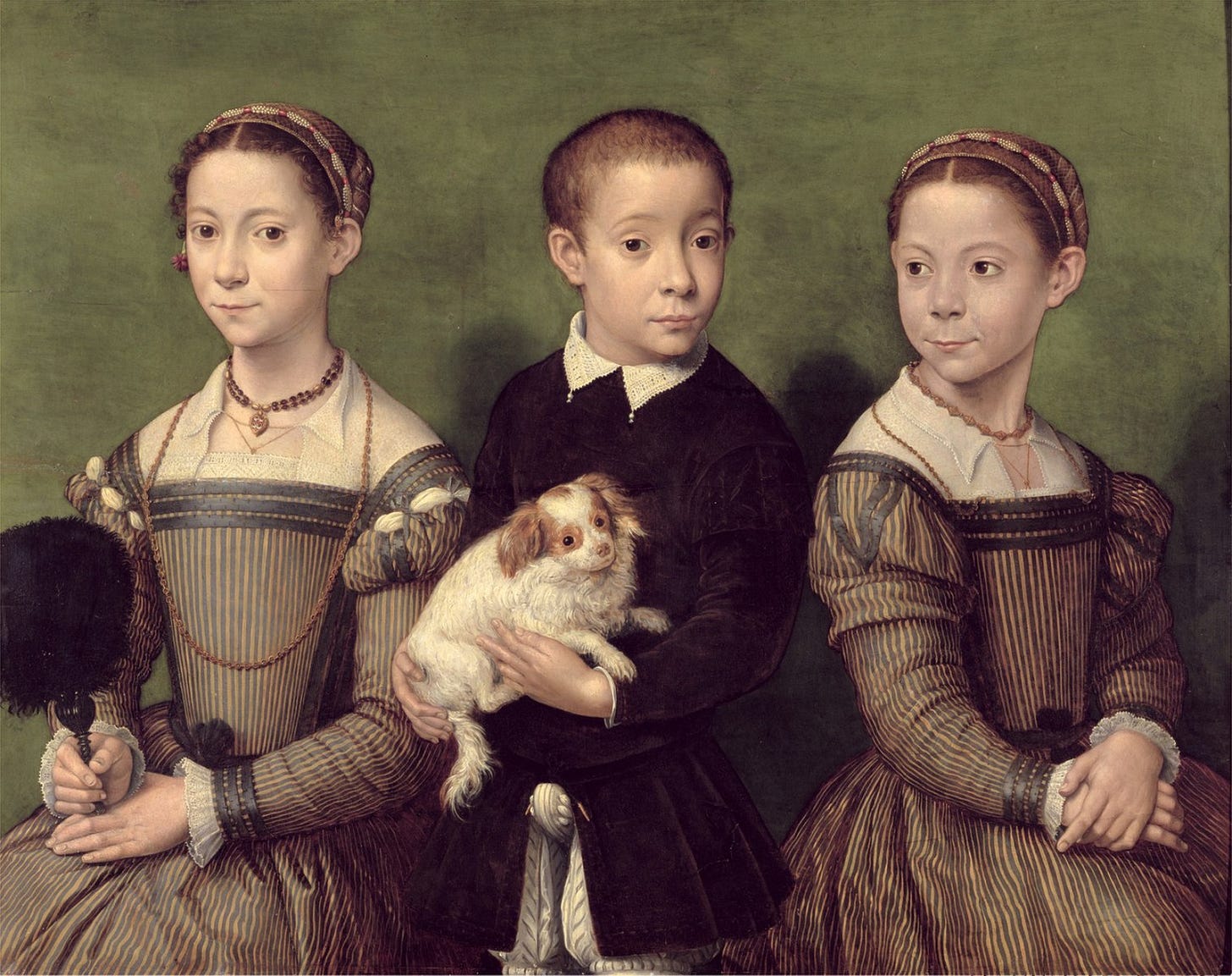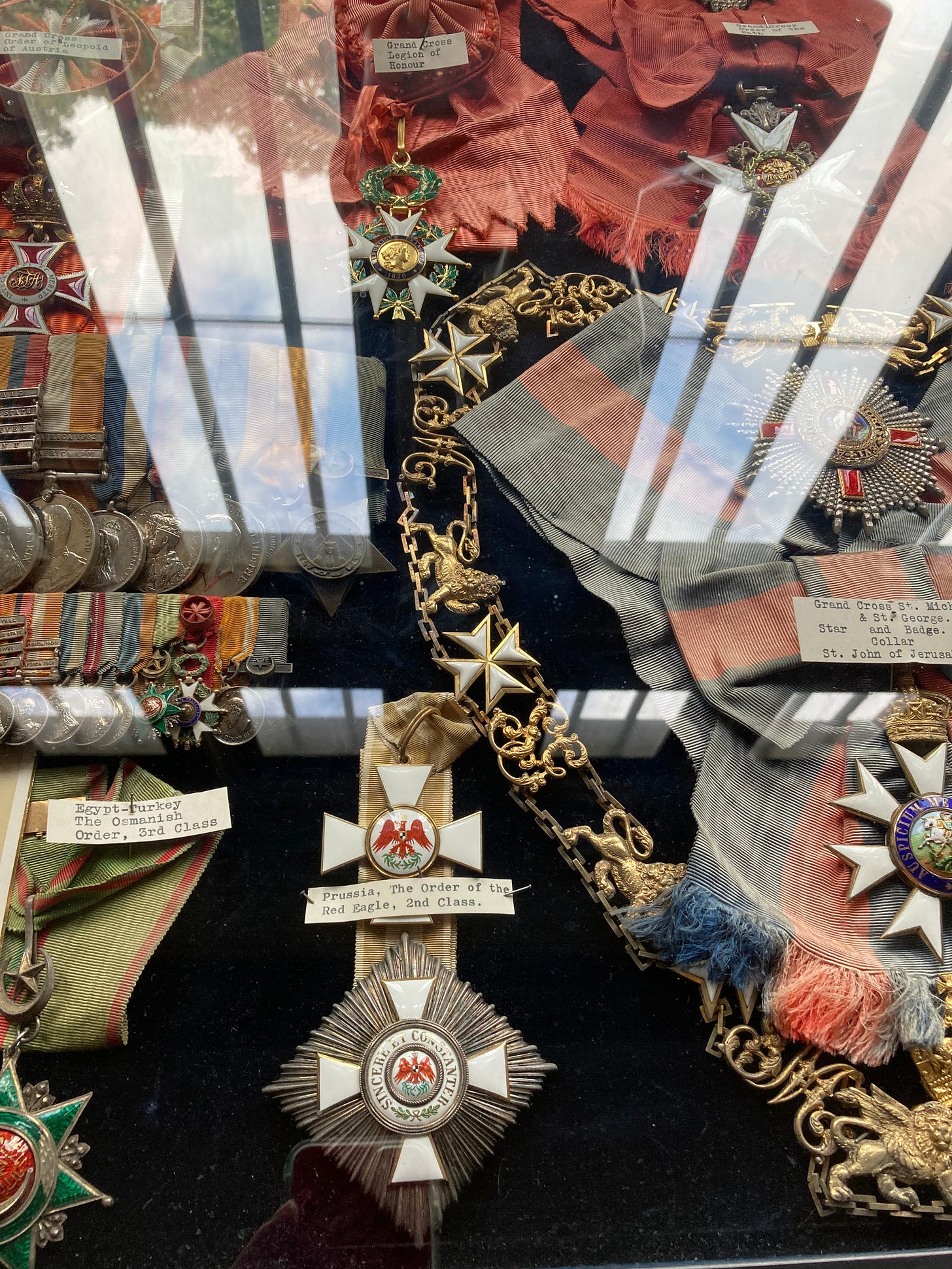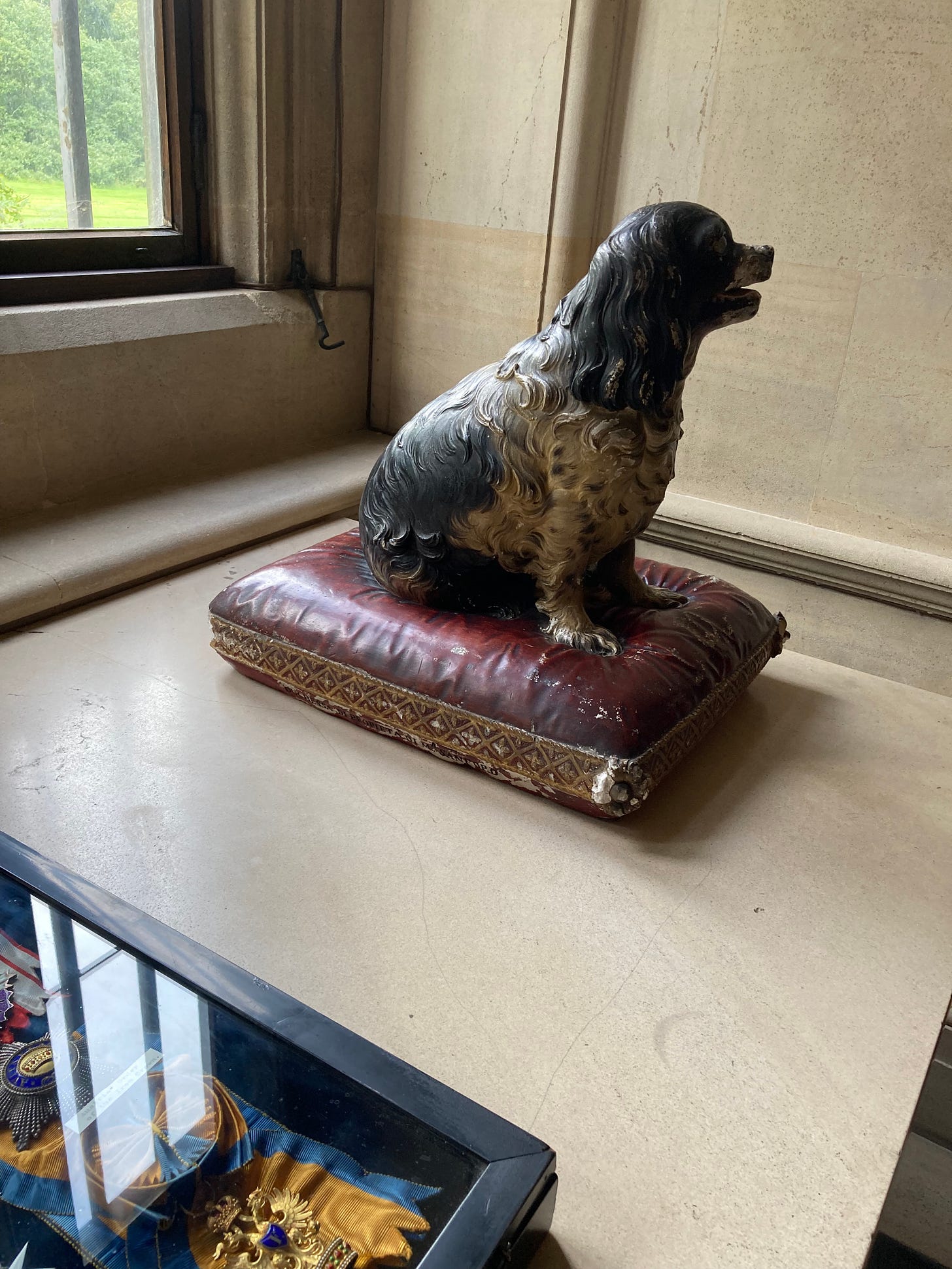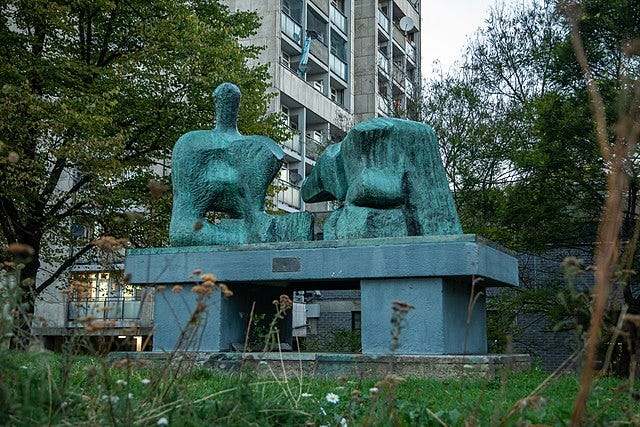Over the summer, before Apsley House, we went to poke a more local country house, Corsham Court. In many ways the two are quite similar, in that they both have picture galleries lined with red fabric and a collection of good pictures.
A couple at Corsham Court are excellent. This one (Fra Filippo Lippi) nearly stopped me in my tracks when I came across it in a drawing room; it’s good enough to be in the National Gallery.
This Sofonisba Anguissola is also excellent.
But there’s one big difference at Corsham Court. Here, we are meant to be looking at the pictures. The front desk, such as it is (a table in a room full of musical instruments) will give you a list of all the paintings, and there is information in every room. Which is great, but why the difference? What exactly is going on here? Why are we assumed to be interested in the art?
The answer is that Corsham Court is trapped in a timewarp. At a guess, nothing much has been changed in the layout or the presentation of the house since at least the early 1960s, possibly earlier. It’s a museum of what the country house visit used to be like.
And as such, I have to say that I find it quite appealing. When I studied at the Victoria & Albert Museum*, there were rooms in the far reaches of the building which had been unchanged for forty or more years, where constellations of swords hung on faded hessian. In some places, Victorian objects were displayed in cabinets almost as old as the objects themselves. The museum had become, accidentally, a historical relic itself, and I rather liked that. Aspects of Corsham Court feel very much the same.
Objects, whether they are the collection of antique instruments in the front room or a case of medals are placed wherever the owner saw fit to put them, and they all have hand-typed labels.
(Corsham Court is another place where you are not supposed to take photographs, so I rather sneaked this one, which is why it is so bad.)
What you see is a miscellany of chance acquisitions, so as well as the paintings, there are also tea services and a squat plaster spaniel sculpted by a Victorian lady of the house.
This is what used to be described, back in the 1950s and 60s as part of the charm of the country house - the sense that this was an idiosyncratic collection put together by a personality. It’s one of the reasons why the champions of the country house maintain that they only ever keep their atmosphere if the family still lives there (more, so much more on this another time).
All of which explains why we are supposed to be looking at the paintings here. We are meant to be uplifted by the chance to see great art and high class interior decoration. At least that’s what was supposed to be happening on a visit to a country house and it’s the polite reason, from the seventeenth century onwards, as to why people came to these places, even if they really just wanted an excuse to be nosy.
In National Trust properties and Apsley House and many other stately homes - their custodians know that we are not interested in the art or even in appreciating the works of Thomas Chippendale or Grinling Gibbons. So they make up stories about the house and the people, explain to us what we are seeing, whether it’s a time capsule of the age of slavery or something to do with sewing that is not entirely understood by anyone even the curators.
Corsham Court has none of this. It tells you no tales and gives you no reasons for your visit. It’s just a museum of how country houses used to be visited without question. And in some ways this is quite attractive.
However it is also insidious horseshit. Because what is happening when things - in this case the moral value of visiting a quite nice house in Wiltshire - are assumed is what Foucault calls discourse. By this he means the shared assumptions and beliefs which underpin our society, those which are so fundamental that we don’t even need to say them out loud. And discourse, my friends, tends to be controlled by the upper classes.
What the list of paintings and the typed labels and the lack of any reason for visiting Corsham Court reminds us is that we are visiting country houses to be Bettered. We go to see the art and the decoration and the luxury which will never belong to us, but simply the act of seeing them will improve us as people.
The belief that high culture will make the lower classes better was once heartfelt, and is the reason why museums are free and shopping centres or housing estates from the 1950s will sometimes contain a Henry Moore sculpture.
This belief is never more strongly held than by the middle classes (guilty as charged myself here), who would like to feel that they are always within touching distance of being posh themselves. So of course they like to visit art galleries and stately homes.
But there are two problems. One is that we no longer really believe in the redemptive power of culture. This is why people would rather walk round the grounds of a National Trust property than visit the actual house. However much we are told stories, we are no longer certain why we have come to this place or what we are meant to do when we have got there. It’s not to look at the pictures.
And this is possibly a good thing. Because the really big issue is what country houses are here to do. Famously they have been described as ‘power houses’ but this is not just because of the politics and deals going on within their walls. They are also devices for displaying and enforcing power. One of the big jobs that these buildings are here to do is to intimidate: reminding the visitors - those ever so grateful middle classes - that the aristocracy has more money, more taste (as defined by them), more art and more breeding. And thus, by an entire accident of birth, they are definitely better than us and more entitled to rule.
So while the paintings are great and I am glad to see them displayed, what’s also on show is the discourse which sits silently in those typed labels and the silence and clutter of Corsham Court, in the way that the family live there and we cannot go upstairs, in the art and the furniture and the musical instruments. It’s a relic, but of something which had to go. And I am glad to see its passing. Even while I enjoy the art.
*The title of this Substack comes from that time at the V&A. Across the museum you would occasionally find a half empty case, kept for objects which would have just been bought or donated. These would be put with a printed slip of paper which said in capitals RECENT ACQUISITIONS. My friend Helen stole one of these and stuck it to her fridge, something which still amuses me to this day.
Pics: Me, wikimedia commons




